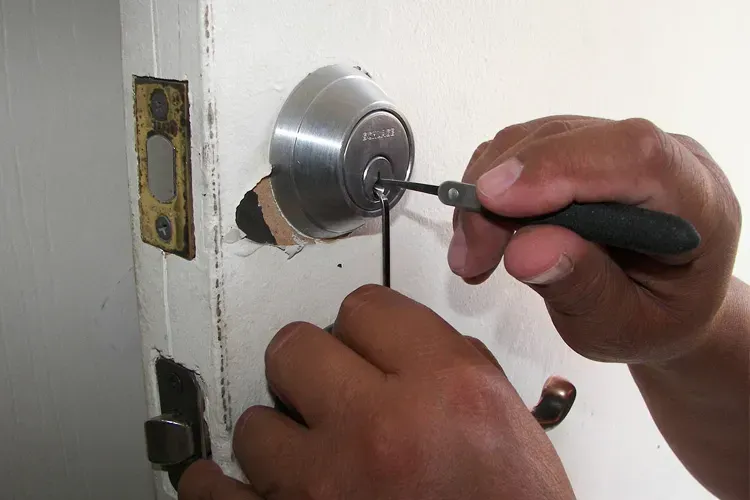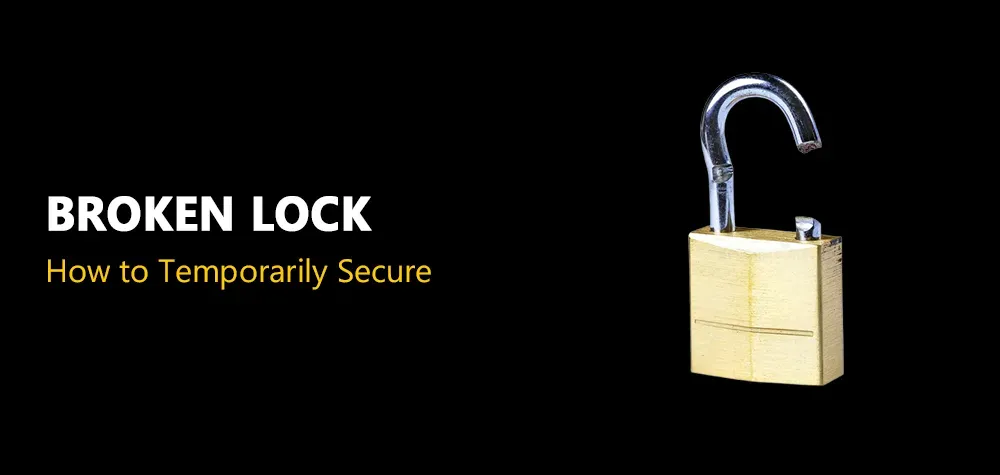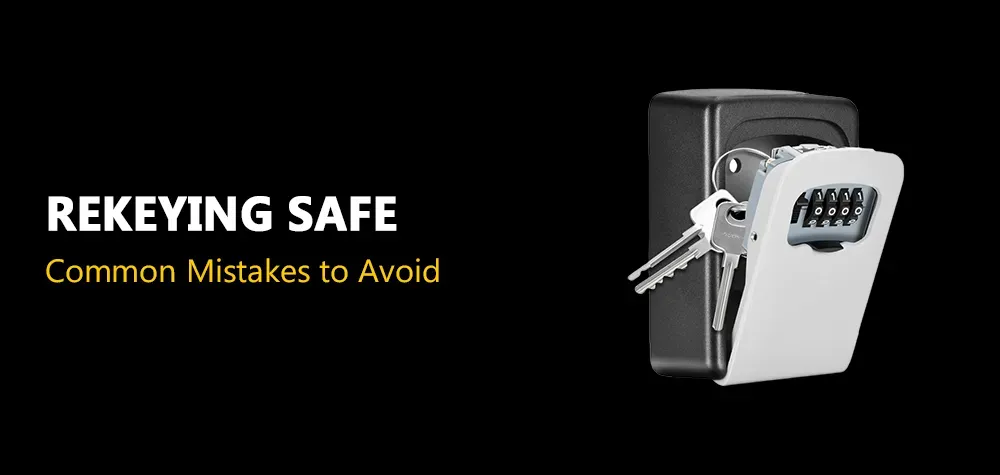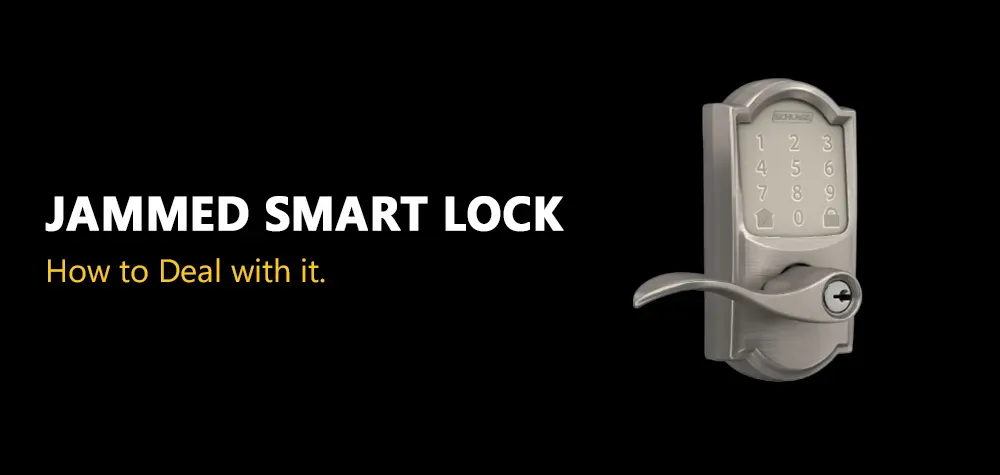Why Locksmiths Should Offer Security Audits (And How to Do It)
Let’s face it—locks are just the beginning. In today’s world, home and business security requires more than just fixing a broken deadbolt or rekeying a front door. It requires a deep understanding of how people live, work, and move through their spaces. And that’s exactly why locksmiths are in the perfect position to offer security audits.
Security audits go beyond standard locksmithing. They’re about examining the entire property, identifying vulnerabilities, and offering tailored solutions that prevent break-ins before they happen. For locksmiths looking to expand their services and become indispensable to their clients, offering security audits isn’t just smart—it’s essential.
In this guide, we’ll unpack why security audits matter, how locksmiths can offer them effectively, what risks are involved if ignored, and how to turn this into a growth opportunity for your business. So whether you're a seasoned locksmith or just expanding your skillset, this article is your blueprint to becoming a true security expert.
How High-Security Locks Are Tested Against Lock Picking & Bumping
Why Security Audits Are the Missing Piece in Locksmith Services
A customer calls because they’re locked out, need a key replacement, or want a smart lock installed. You show up, do the job, and leave. Case closed, right? Not necessarily.
What if their locks are solid, but their windows are flimsy? What if their doors are secure, but their garage has zero protection? Or their office has a digital lock on the front door but no surveillance or alarm system backing it up? That’s where a security audit becomes invaluable.
Locksmiths already have a foot in the door—literally. Offering a security audit lets you step into a consultative role, rather than just a reactive one. Instead of waiting for something to go wrong, you help clients prevent problems entirely. You’re not just the person they call in emergencies; you become their trusted security partner.
What Exactly Is a Security Audit?
A security audit is a full-scale inspection of a property’s physical security systems. It involves evaluating every access point, reviewing current security measures, and identifying weaknesses that could be exploited by burglars or intruders.
For residential clients, this could mean checking all doors, windows, exterior lighting, lock quality, alarm systems, and surveillance. For businesses, it could also involve employee access control, safe storage, digital lock management, and emergency exit compliance.
A good audit doesn’t just flag what’s wrong—it also explains why it matters and how to fix it. That’s where locksmiths bring value: offering both diagnosis and solution in one package.
The Risks of Ignoring Security Audits
Think of security like a chain—it’s only as strong as its weakest link. A property with high-tech front door locks but zero protection around the back is still vulnerable. And sadly, many clients don’t realize their weak points until after a break-in.
Here’s what’s at risk:
- Property loss: Burglars don’t just steal physical items—they steal peace of mind.
- Liability: For businesses, inadequate security can lead to lawsuits if data, cash, or equipment is stolen.
- Reputation: A home or business that’s broken into once often becomes a repeat target.
- Insurance headaches: Many policies require proof of adequate security. If clients didn’t do enough to secure their property, they might not get full coverage after a claim.
As a locksmith, you have the power to prevent these problems before they occur. And the best way to do that is through audits.
How to Temporarily Secure a Broken Lock Until a Locksmith Arrives
How to Conduct a Professional Security Audit (Step-by-Step)
So how exactly should a locksmith go about offering a security audit? Here's a step-by-step overview to guide the process:
Step 1: Understand the Client's Lifestyle or Business Needs
Start with a conversation. Ask homeowners about their routine, whether they have kids, if they travel often, and where they store valuables. For businesses, ask about operating hours, who has access to what areas, and what kind of data or equipment is stored on-site.
This context helps tailor your recommendations. A family with small children might need smart locks with remote control. A retail store might need time-sensitive access control for staff.
Step 2: Inspect All Entry Points Thoroughly
Walk the perimeter of the property. Check all doors, windows, basement entries, garages, and even rooftop access points. Evaluate the locks—are they outdated, easily tampered with, or improperly installed?
Test the strength of frames, hinges, and handles. Examine whether entry points are visible from the street or obscured by trees and shadows. If it’s easy for you to access a spot, it’ll be easy for a burglar too.
Step 3: Assess Surveillance and Monitoring Systems
If the client has cameras, check where they’re placed. Are they covering blind spots? Are they active and recording? For alarm systems, test sensors, control panels, and backup batteries.
Recommend upgrades if the technology is outdated or poorly positioned. Even simple motion-sensor lights can be a powerful deterrent when placed correctly.
Step 4: Identify Internal Weak Points
Not all threats come from outside. For businesses especially, audit internal vulnerabilities like employee access, safe storage, and internal doors. Residential clients may need to secure internal doors to home offices, safes, or storage areas.
If valuables are easy to grab during a break-in, then external security isn’t doing much. A layered approach is key.
Step 5: Deliver a Clear, Written Report
Summarize your findings in a way that makes sense to the client. Highlight high-risk areas, what’s working well, and what needs improvement. Be detailed but avoid jargon.
Pair each issue with a solution: a better lock, a new camera, or just a change in habit (like locking the back gate at night). If possible, rank issues by urgency so clients can prioritize fixes based on budget and timeline.
Expert Recommendations: What Locksmiths Should Keep in Mind
If you’re offering audits, stay updated with current security trends and technologies. Smart locks, biometric access, cloud-based surveillance, and two-factor entry systems are no longer futuristic—they’re the new standard. Being knowledgeable gives you credibility and helps clients trust your recommendations.
Also, build partnerships with alarm companies, camera providers, and even cybersecurity experts. If you identify a need outside your services, you can still provide value by connecting clients with the right pros—keeping yourself in their good books for future work.
Offer audits as a standalone paid service or a value-added bonus with bigger projects. Either way, it boosts your reputation and opens new revenue streams.
Preventive Measures Clients Can Take After the Audit
Once the audit is complete, empower your clients. Encourage them to:
- Routinely lock all doors and windows—even for short outings
- Check and maintain security systems every 3–6 months
- Avoid advertising vacations or purchases on social media
- Keep outdoor areas well-lit and uncluttered
- Update passwords on smart locks and devices regularly
These simple habits, when combined with your recommendations, can build a home or business security system that’s both smart and resilient.
Conclusion: Security Audits Are the Future of Locksmithing
In a world where threats evolve and expectations rise, locksmiths can no longer just be key cutters and lock fixers. Clients are looking for experts who can see the bigger picture—who can offer not just tools, but trust.
Offering security audits transforms your role from a tradesperson to a consultant, a technician to a strategist. You’ll not only protect homes and businesses—you’ll protect peace of mind.
So don’t wait for your next lockout call to make a difference. Start offering audits. Start asking the right questions. And start building a locksmith business that goes beyond the lock—into the heart of what real security looks like.
Call Us Any Time!






BROTHERS LOCKSMITH
All Rights Reserved | brothers-locksmith.com
Privacy Policy



